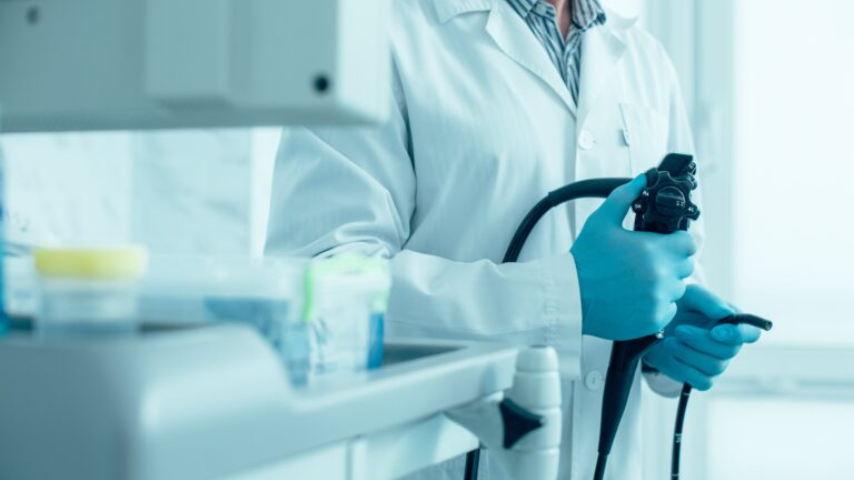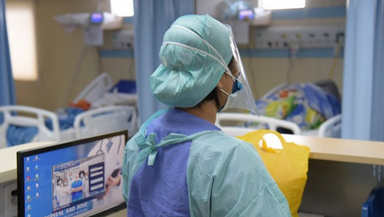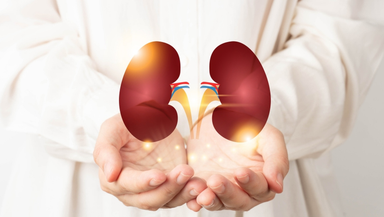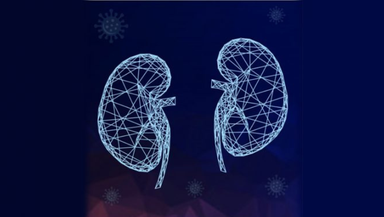All About Endoscopy

Endoscopy: Overview
Endoscopy is a medical procedure that enables an endoscopy doctor to see different parts of the body using an endoscope. An endoscope is a long flexible cylinder tube that has a light source, camera, and various channels that permit air, water, and instruments to be gone through it. The endoscope test is generally passed through a natural opening of the body like the mouth, anus, nose, vagina, and urethra.
Why do you need an Endoscopy?
An endoscopy is used to diagnose and, now and then, treat conditions that affect the part of your digestive system, including the esophagus, stomach, and beginning of the small intestine (duodenum). The main reasons behind endoscopy are investigation, confirmation, and treatment.
Types of Endoscopy
Endoscopies fall into categories based on the area of the body that they investigate like Capsule Endoscopy, Stomach Endoscopy. Below are several different types of endoscopy which include:
Colonoscopy: This scope Inserted at the anus and views the large bowel.
Gastroscopy: This scope Inserted via the mouth and used to view the oesophagus, stomach, and the first part of the duodenum.
Duodenoscopy: This scope is inserted via the mouth and is passed through to the duodenum via the esophagus and the stomach and used to view and perform procedures on the bile duct and/or the pancreatic duct. This procedure is known as Endoscopic Retrograde Cholangio-Pancreatogram (ERCP).
Bronchoscopy: This scope is inserted via the mouth and passes through the trachea to observe the lungs.
Cystoscopy: This scope is passed into the bladder via the urethra and to view the bladder and ureters.
Hysteroscopy: This scope is passed through the cervix via the vagina and is used to examine the uterus.
Laryngoscopy: This scope is passed through the nose into the throat and is used to view the larynx.
How to be prepared for Endoscopy
Before the Procedure
An endoscopy also known as EGD is recommended to look at the esophagus, stomach, and upper part of the small intestine. The patient might be asked to quit taking certain prescriptions, particularly blood thinners. The patient can't eat or drink for a few hours prior to the test. The patient needs to show up before the expected time appointment so the patient can round out any necessary paperwork.
During the Procedure
Depending upon the endoscopic procedure patient goes through; the patient might get a nearby local numbing specialist, a sedative, or anesthesia. Then, the patient is approached to change into a gown and lay down on the side or back. After the doctors explain everything, they'll start inserting the tube either through the mouth or the rectum. Endoscopies are not usually painful.
After the Procedure
After the endoscopy is finished, the patient spends another 20 – 30 minutes in recovery. Doctors will monitor the patient for any complications. Your doctor will give patient guidelines for eating, drinking, and some other subsequent considerations. Moreover, they might go over the results with you here or contact the patient later.
What are the technologies used for endoscopy?
With the advancement in technology, there are some technologies used in endoscopy, as mentioned below.
- Capsule endoscopy
- Endoscopic retrograde cholangiopancreatography (ERCP)
- Chromoendoscopy
- Narrow band imaging (NBI)
- Endoscopic mucosal resection (EMR)
Risks related to Endoscopy
There are some risks associated with the procedure, which the doctor explains before the procedure. Some of these risks are highlighted below.
- Infection
- Bleeding especially in cases where the patient undergoes a fine needle aspiration test also.
- Perforations or tearing off in the throat or intestinal wall.
- Inflammation of the pancreas or pancreatitis, especially if the fine-needle aspiration of the pancreas is combined with Endoscopic ultrasound.
Recovery after Endoscopy
Once the Endoscopy is done, the doctor examines the patient 20-30 for recovery as it painless procedure. After a basic endoscopy, the person can go home on the same day, as advised by the doctor.
Make an Enquiry
Gleneagles Hospital located at Parel, Mumbai is the best hospital in the western region of India. Gleneagles Hospital offers advanced Endoscopic procedures and transplants. If you have any questions or would like to speak with a member of our team, then please get in touch for emergency 022 6767 0202 & For Appointment 022 6767 0101. If you are contacting us as a patient or potential patient, please complete the form below or call us.











